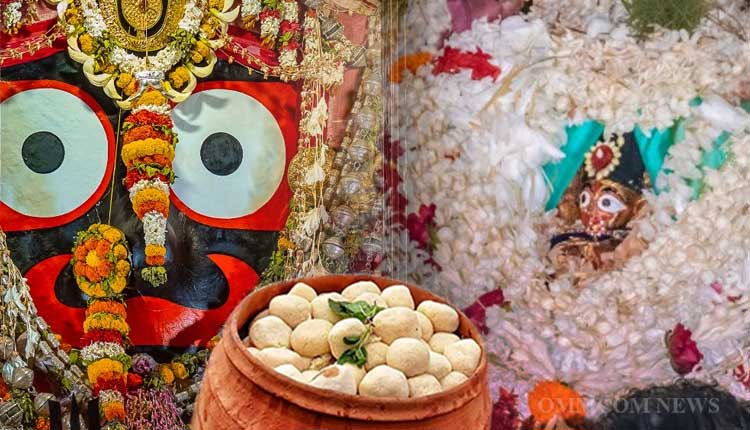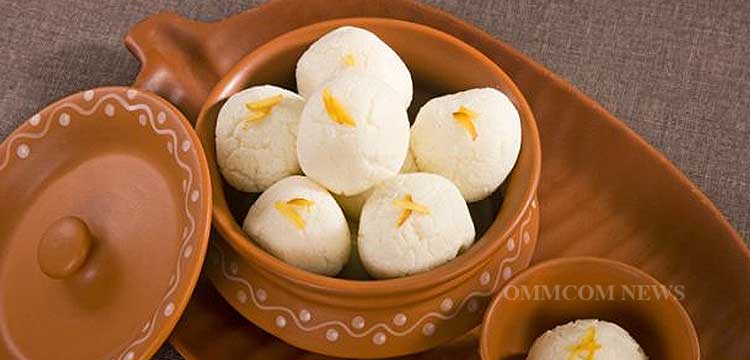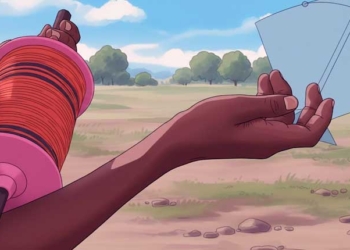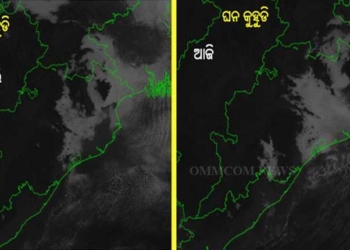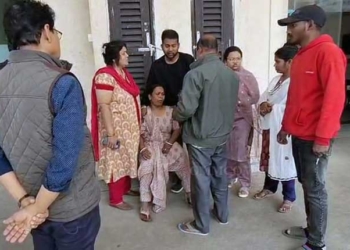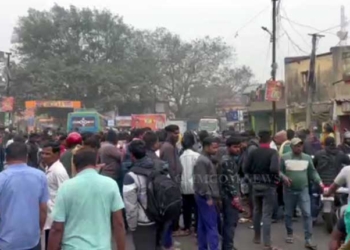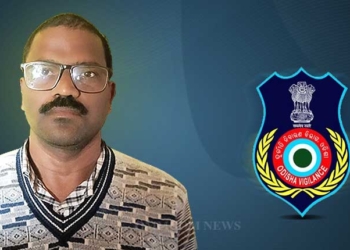In the heart of Odisha’s culinary landscape lies a sweet treat that has captured the hearts of many – the Rasagola. This spongy, syrupy delight is more than just a dessert; it’s a symbol of tradition, devotion, and celebration. As the sweet-toothed rejoice, let’s dive into the story behind this beloved treat.
Rasagola is intricately tied to the mythology surrounding Lord Jagannath. The sweet is said to be a favourite of the Lord of the Universe, and its presence is deeply rooted in the rituals and festivities of the region. As the Lord’s homecoming is celebrated, the Rasagola takes centre stage, bringing people together in a shared love for this sweet delight.
Whether you call it Rasagola, Rosogolla, or Rasagula, this sweet delight is sure to bring a smile to every sweet lover’s face.
Enduring Legacy
The sweet tale of Rasagola is as timeless as the celebration of Niladri Bije, the return journey of the sibling deities to Srimandir. While the exact origins of this sacred ritual remain a mystery, the association of Rasagola with Niladri Bije is deeply rooted in Odisha’s cultural heritage.
For Odia people, Rasagola Day is synonymous with the Niladri Bije ritual in which Lord Jagannath attempts to appease Goddess Lakshmi with Rasagola, a sweet gesture to win back her love and affection.
The popular adage ‘Ratha Jatra Jebethu, Rasagola Sebethu’ – Rasagola is as old as Ratha Jatra – speaks volumes about the sweet’s enduring legacy. In 2015, Odisha formally celebrated its love for Rasagola with the first Rasagola Diwas on July 30, and four years later, the state’s version of the sweet earned a prestigious Geographical Indication (GI) tag, cementing its unique identity and traditional roots.
Rasagola’s Sacred Connection to Lord Jagannath
As the legend goes, Lord Jagannath embarks on a journey to his aunt’s house with his siblings, Lord Balabhadra and Devi Subhadra, leaving Goddess Lakshmi behind in the temple. On Hera Panchami, Goddess Lakshmi rushes to the Gundicha temple to reunite with her Lord, only to be met with closed doors. This rejection sparks her fiery anger, setting the stage for a divine drama to unfold.
As Lord Jagannath returns to his temple after his nine-day journey, he’s eager to appease his loving wife’s wrath. Even the Lord of the Universe can’t escape the fiery temper of a loving wife. To pacify Goddess Lakshmi, Lord Jagannath resorts to the ultimate peace offering: Rasagola. This sweet gesture melts her heart, and she graciously grants him re-entry into the sacred shrine. To this day, Rasagola remains a symbol of the eternal bond of love and devotion between the divine couple, showcasing the power of sweet treats in love and relationships.
Without exaggeration it can be said that Rasagola is more than just a sweet treat – it’s a symbol of love, devotion, and the eternal bond between Lord Jagannath and Goddess Lakshmi.
Celebrating Rasagola Diwas without knowing the recipe of this beloved sweet treat is like missing the essence of the occasion. Rasagola is more than just a dessert; it’s a cultural icon that requires appreciation and understanding. By learning the traditional recipe and savouring the sweetness, we can truly connect with the spirit of Rasagola Diwas and honour the rich heritage behind this delightful treat.
Recipe
- Boil 1 litre of milk, add lemon juice, and stir. Let it curdle, then drain and wash with fresh water.
- Squeeze out excess water using a muslin cloth and let it rest for 4-5 hours or overnight. Now Chhena is ready for Rasagola making.
- Knead the chenna with flour and cardamom powder until smooth.
- Make small balls (add sugar caramel piece for brown colour, if desired).
- Prepare sugar syrup using two cups of sugar, two cups of water, cardamom powder, and rose water. Bring to a boil.
- Gently add the chenna balls to the boiling sugar syrup and cook on medium heat for 20-25 minutes or until they expand and become spongy.
By Rashmi Rekha Das




